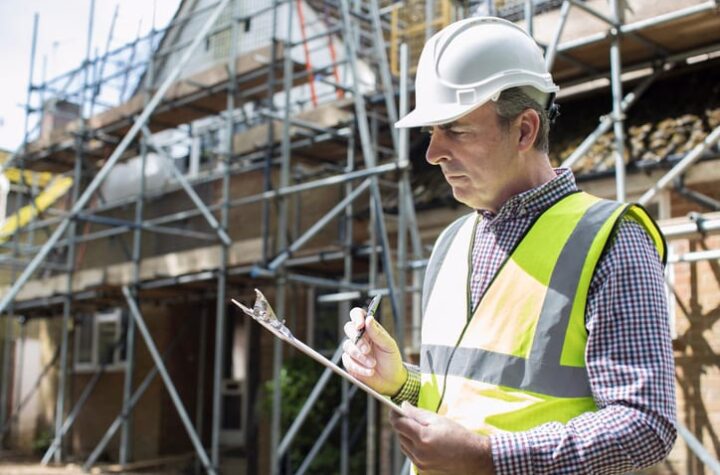
Health and safety practices are important across all industries, but they’re incredibly crucial in the construction sector. The day-to-day tasks on construction sites can be very dangerous so it’s vital to follow appropriate rules and regulations outlined by the law.
In this article, we’ll be discussing what steps to take to ensure you and your employees are abiding by the right health and safety measures deemed suitable for construction projects.
Safety in the construction industry
Every year, thousands of people are injured on construction sites. Many accidents happen due to failure to follow safety regulations, lack of training, or not being provided with the correct equipment.
Some of the most common construction site injuries include slips, trips and falls, cuts or lacerations, muscle strain, and being hit by a falling object.
With so many hazards present, it’s important to implement the appropriate measures to keep your employees and visitors safe at all times.
Staff training
Many workplace accidents occur due to user error. When hiring new employees, they should always start with an induction before diving into their new role.
Each site presents unique hazards and work operations. Inductions are a legal requirement on every construction site. These allow new employees to understand how equipment and machinery work and what to do in the event of an accident.
Staff training should be carried out regularly to ensure everyone is up-to-date with site rules and processes. Everyone must know how to carry out their jobs safely and efficiently.
PPE
Personal protective equipment (PPE) is essential on construction sites. You must be wearing it at all times onsite. It’s incredibly important and can protect you from workplace hazards.
Some of the most common types of PPE include:
- Safety helmets
- High-visibility clothing
- Protective eyewear
- Safety boots
- Earplugs
- Gloves
- Respirators
Wearing these could save your life. It’s so important to ensure you’re always visible on site too, and using headtorches when working in dark conditions is crucial for employee safety.
Signage
You should always follow safety signs and procedures. Signs around the site are warning you of potential hazards. Ensure a risk assessment is carried out for all site activities so that the appropriate signage is displayed. These signs should be put in place before work is started.
The signs you should display are dependent on the type of hazard. The five main health and safety signs include prohibition, mandatory, warning, safe condition, and fire equipment signs.
Site maintenance
You must ensure the construction site is kept tidy and well-maintained at all times. If mess, debris, and clutter are left lying around, this could cause tripping hazards and lead to a serious accident.
All equipment used on site should be checked and maintained, too. Using faulty tools may disrupt the project and cause injuries.






More Stories
Effortless Moves: Trusted Movers in Oviedo
Behind the scenes – A day in the life of a building inspector
Options Mastery: Unveiling Top Alert Services